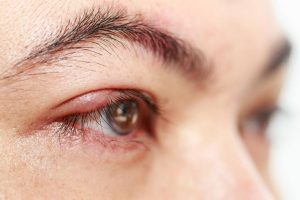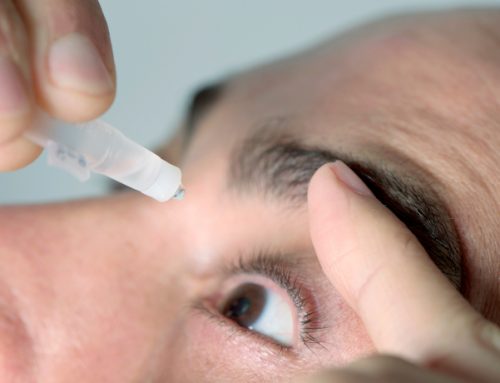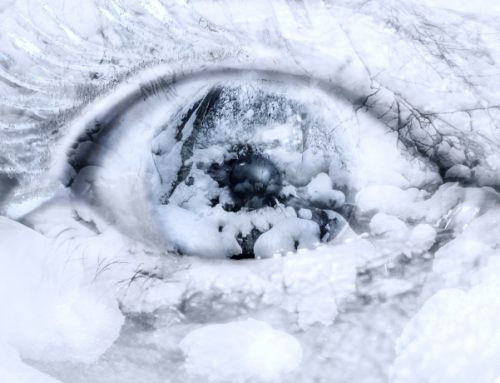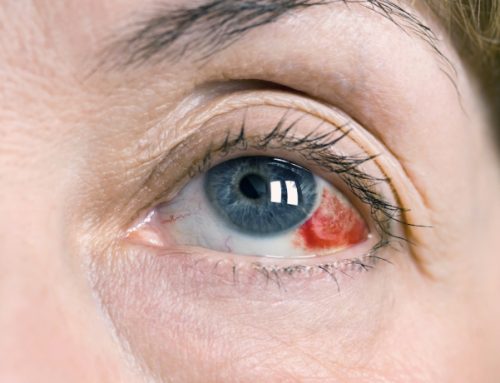-Stye–
a bump on the eyelid that happens when bacteria from your skin gets into the hair follicle of an eyelash.
 One of the most common eye infections is a stye. Chances are you’ve had one. They’re uncomfortable and unsightly, but can be relatively easy to cure. It usually begins as an inflamed bump that looks like a pimple along the edge of the eye lid. As it begins to grow, the lid becomes painful and swollen, and the eye may begin to tear. In most cases, they swell for 3 days, then burst and drain. Usually, they heal within a week. When it occurs beneath the eyelid, it is called an internal hordeolum. This occurs when one of the tiny oil glands becomes infected. A chalazion is a lump that might look like a stye, but it is larger and may not be painful. It begins as a lump or a cyst, and grows slowly. The inflammation and swelling can spread to tissue surrounding the eye. However, if it grows large enough, it can affect your vision. It can go away on its own after a while, usually months. These may be forms of blepharitis, a problem that causes inflammation of the eyelids.
One of the most common eye infections is a stye. Chances are you’ve had one. They’re uncomfortable and unsightly, but can be relatively easy to cure. It usually begins as an inflamed bump that looks like a pimple along the edge of the eye lid. As it begins to grow, the lid becomes painful and swollen, and the eye may begin to tear. In most cases, they swell for 3 days, then burst and drain. Usually, they heal within a week. When it occurs beneath the eyelid, it is called an internal hordeolum. This occurs when one of the tiny oil glands becomes infected. A chalazion is a lump that might look like a stye, but it is larger and may not be painful. It begins as a lump or a cyst, and grows slowly. The inflammation and swelling can spread to tissue surrounding the eye. However, if it grows large enough, it can affect your vision. It can go away on its own after a while, usually months. These may be forms of blepharitis, a problem that causes inflammation of the eyelids.
Are there any treatments?
Treatment depends on the cause of the infection and may include compresses, eye drops, creams or antibiotics. But, there are some simple treatments and actions that you can do at home, that will help with the stye.
There are simple treatments you can do at home:
- Place warm, moist compresses on the infected area for 5 to 10 minutes, 3 to 6 times daily. It can help open the blocked pore so that it can drain and heal.
- Do not wear contact lenses.
- Use a gentle soap, such as non-tearing baby shampoo, to wash the infected area.
- Do not wear makeup (especially eye makeup), lotions or other similar items that may further irritate the eye.
If these or other eye conditions worsen or persist, contact the Westside Eye Clinic at (504) 347-8408 to make an appointment today.
The content on this blog is not intended to be a substitute for professional medical advice, diagnosis, or treatment. Always seek the advice of qualified health providers with questions you may have regarding medical conditions.





